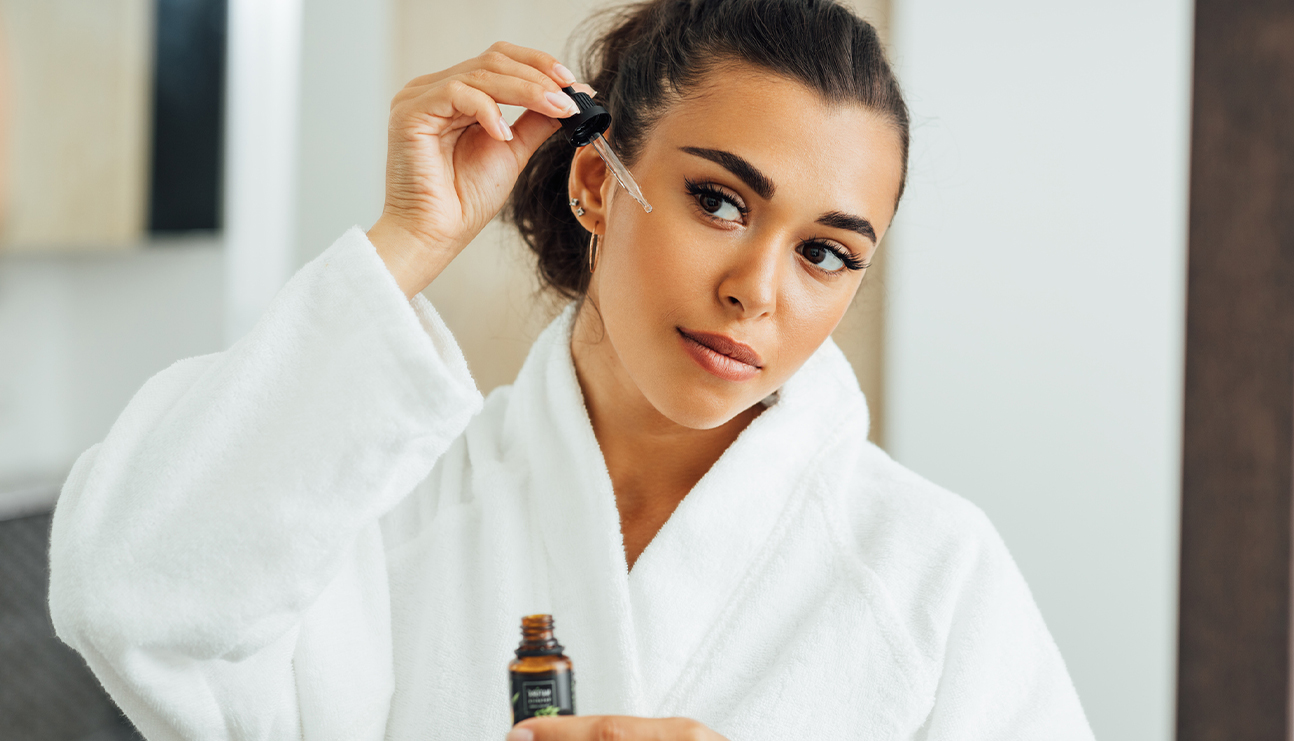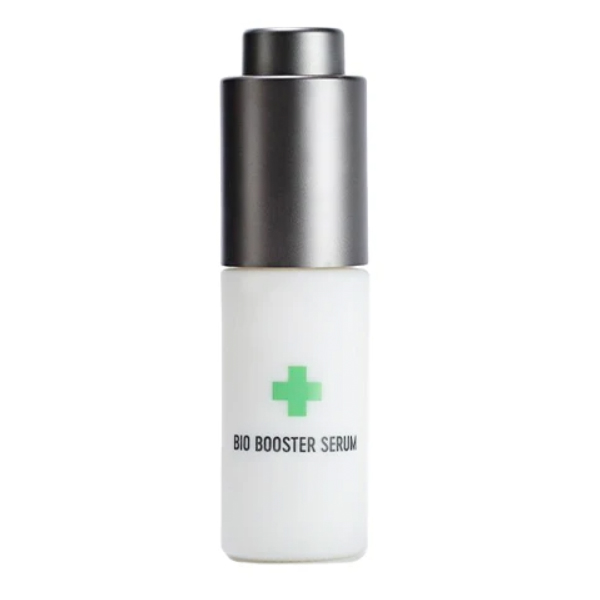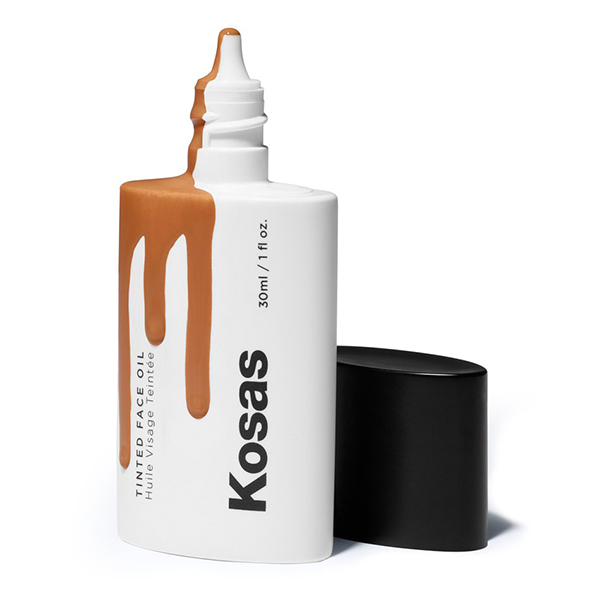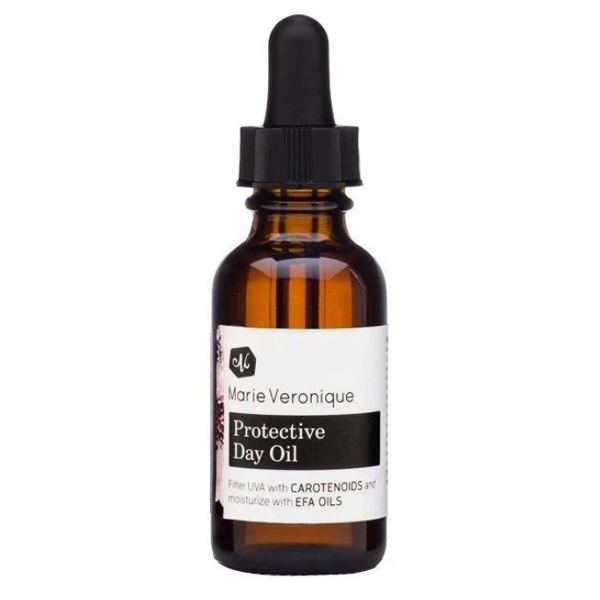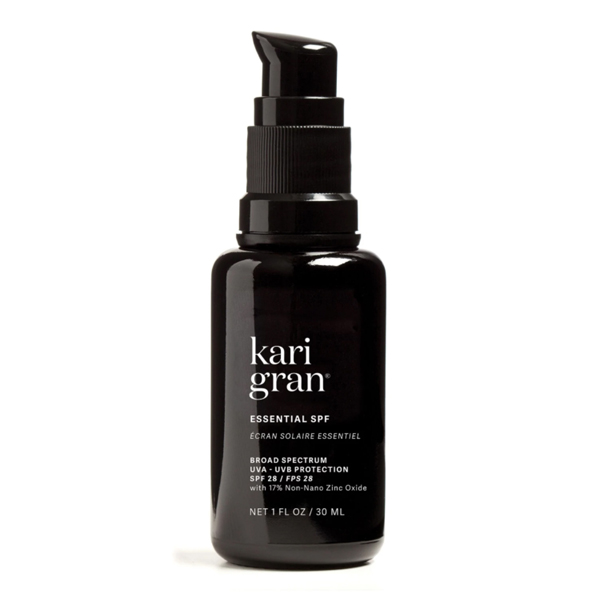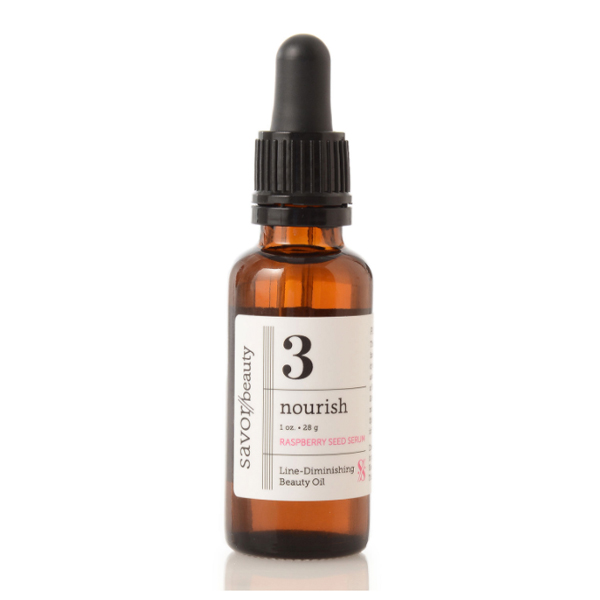What’s the Deal With…Red Raspberry Seed Oil?
MAED EDITORS
When it comes to non-toxic sunscreen, we’re almost always talking about sunscreens with ingredients that physically block the sun’s harmful rays—finely ground minerals that coat the skin to provide protection. There is, however, another natural sunscreen ingredient that provides a different kind of protection: red raspberry seed oil.
What Is Red Raspberry Seed Oil?
Red raspberry seed oil is cold-pressed from raspberry seeds. It’s not an essential oil; instead, it’s more like argan oil or jojoba oil in that it’s made from the seed of a plant rather than concentrated extracts. Although it’s not as commonly used as these other oils, it’s rich in essential fatty acids, antioxidants, and vitamins, which makes it great for the skin.
Specifically, what makes red raspberry seed oil notable is its linoleic and linolenic acids, vitamin E, and vitamin A. A number of natural serums, moisturizers, and other skincare products have red raspberry seed oil on the ingredient list, but you can also apply it directly to your skin.
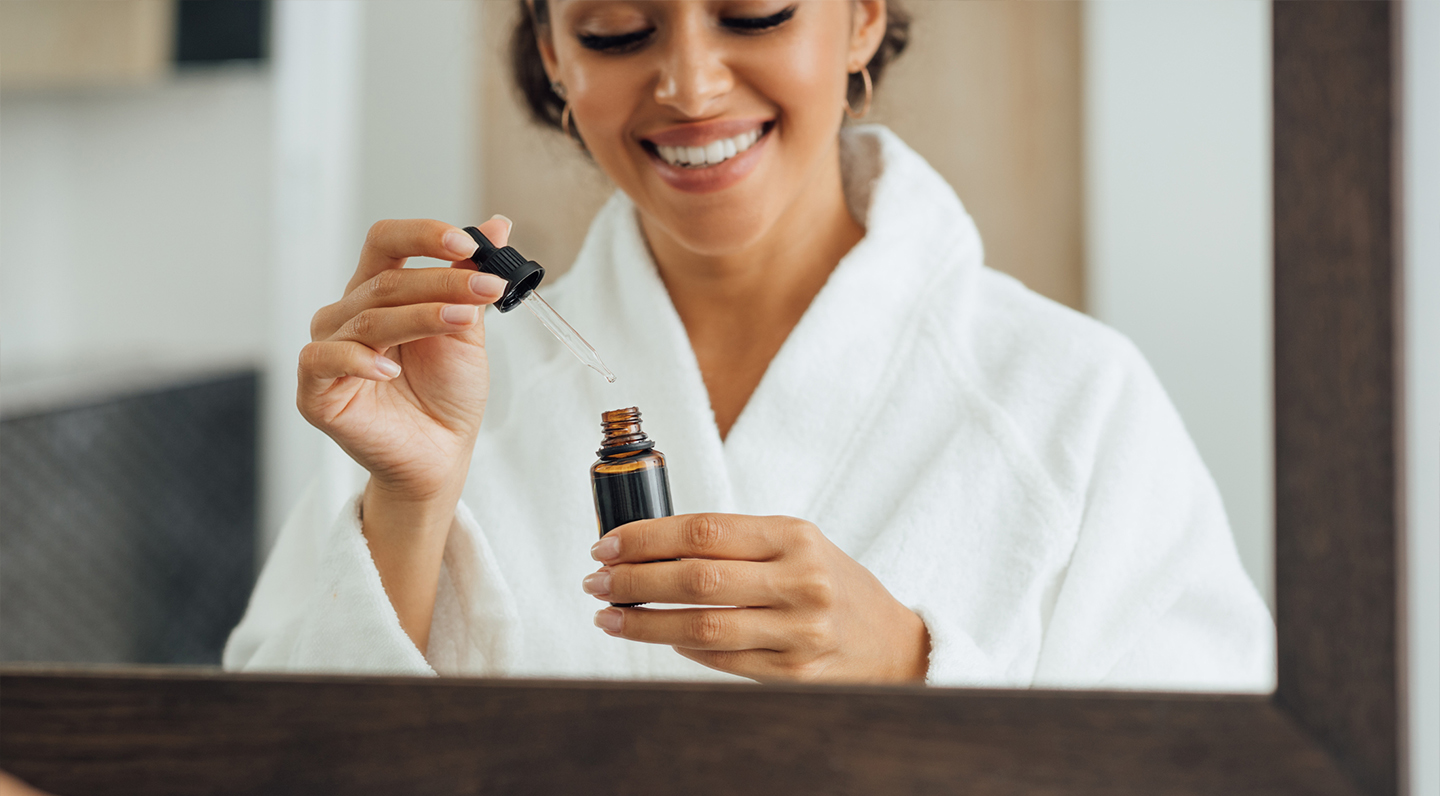
Can Red Raspberry Seed Oil Be Used as a Sunscreen?
In some circles, red raspberry seed oil is being hyped up as a substitute for traditional sunscreens. Is it true?
You know we’re all about harnessing the power of natural ingredients here at Maed, so we’d love to tell you that red raspberry seed oil can be used as a sunscreen, but the truth is that it just doesn’t measure up when compared to other natural sunscreens. Red raspberry seed oil is sometimes a component of these natural sunscreens, but used on its own, it simply doesn’t provide adequate protection from the sun’s harmful rays.
There are three types of UV radiation that we need to protect our skin against: UVA, UVB, and UVC. Red raspberry seed oil has been shown to absorb UVB and UVC rays, but it only provides a small amount of protection from UVA rays. This is a problem because UVA rays are the ones that penetrate deep into the skin, causing premature aging and increasing the risk of skin cancer. 95 percent of UV rays are of the UVA variety, which means you can’t rely on red raspberry seed oil alone to protect your skin.
Red Raspberry Seed Oil Benefits
But don’t give up on red raspberry seed oil yet! You might not be able to swap it for your sunscreen, but there are a lot of other reasons why you might want to incorporate red raspberry seed oil into your skincare routine:
- Red raspberry seed oil soothes inflammatory conditions like rosacea, eczema, and psoriasis.
- Vitamins A and E promote skin cell regeneration and collagen production.
- Antioxidants and fatty acids fight signs of aging.
- Red raspberry seed oil is hydrating but non-comedogenic, making it great for all skin types.
- Linoleic acid helps balance overactive sebum production for those with oily or breakout-prone skin.
- It contains ellagitannins, which are antibacterial, another plus for acne sufferers.
To take advantage of these benefits, you can apply pure red raspberry seed oil to your skin after cleansing and toning, or use it with your gua sha. Use it as a carrier oil and add a few drops of essential oil to amp up the skin benefits—tea tree oil for breakouts, lavender for irritation, or frankincense for signs of aging. It can also be applied directly to the lips for some added sun protection, but just remember that a lip balm with SPF is still essential!
The Bottom Line
Use red raspberry seed oil as an addition to your regular sunscreen products, not as a replacement. You’ll get an extra layer of protection against UVB and UVC rays, but even better, you’ll benefit from the oil’s fatty acids, vitamins, and antioxidants.



